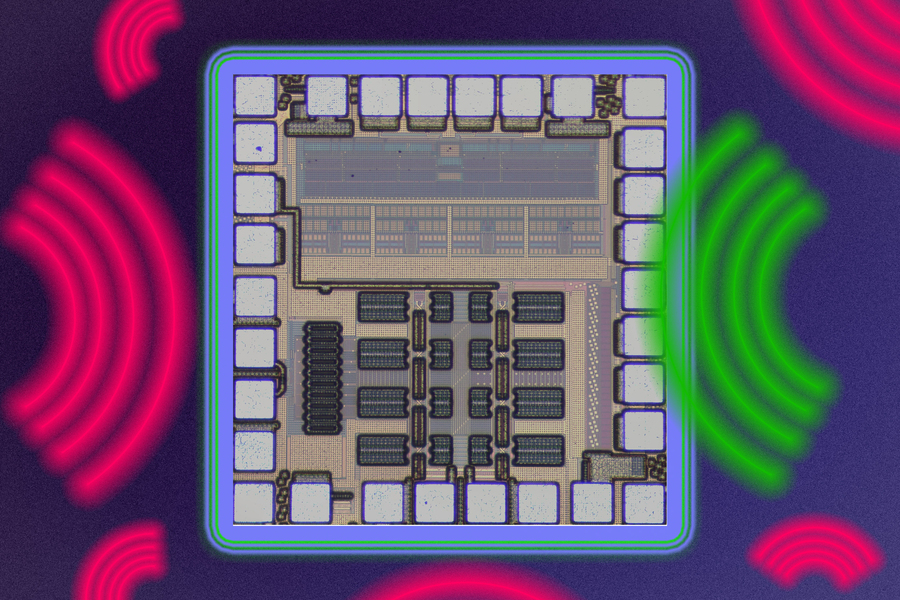In a packed stadium where tens of thousands of people are simultaneously using mobile phones to video chat or post photos on social media, the radio frequency signals being sent and received by these devices can cause interference, resulting in slow device performance and battery drainage. However, designing devices that can effectively block unwanted signals is challenging, particularly with the increasing use of 5G networks and future generations of wireless communication systems. Conventional techniques that utilize filters to block signals are bulky, expensive, and drive up production costs.

To address this issue, researchers at MIT have developed a circuit architecture that targets and blocks unwanted signals at the receiver's input without affecting its performance. They used a technique from digital signal processing and incorporated a few tricks to make it work effectively in a radio frequency system across a wide frequency range. Their receiver blocked even high-power unwanted signals without introducing more noise or inaccuracies into the signal processing operations. The chip performed about 40 times better than other wideband receivers at blocking a special type of interference and did not require any additional hardware or circuitry, making it easier to manufacture at scale.
The researchers developed the receiver chip using a mixer-first architecture that immediately converts a radio frequency signal to a lower-frequency signal before passing it on to the analog-to-digital converter to extract the digital bits. While effective, mixer-first receivers are susceptible to harmonic interference, which comes from signals with frequencies that are multiples of a device's operating frequency. The researchers addressed this issue by adapting a concept from digital signal processing known as block digital filtering to the analog domain using capacitors. By arranging the capacitors in a specific layout and performing charge sharing, the researchers were able to block harmonic interference without losing any information.
The researchers tested the device by simultaneously sending a desired signal and harmonic interference, and their chip was able to block harmonic signals effectively with only a slight reduction in signal strength. The chip was able to handle signals that were 40 times more powerful than previous state-of-the-art wideband receivers.







